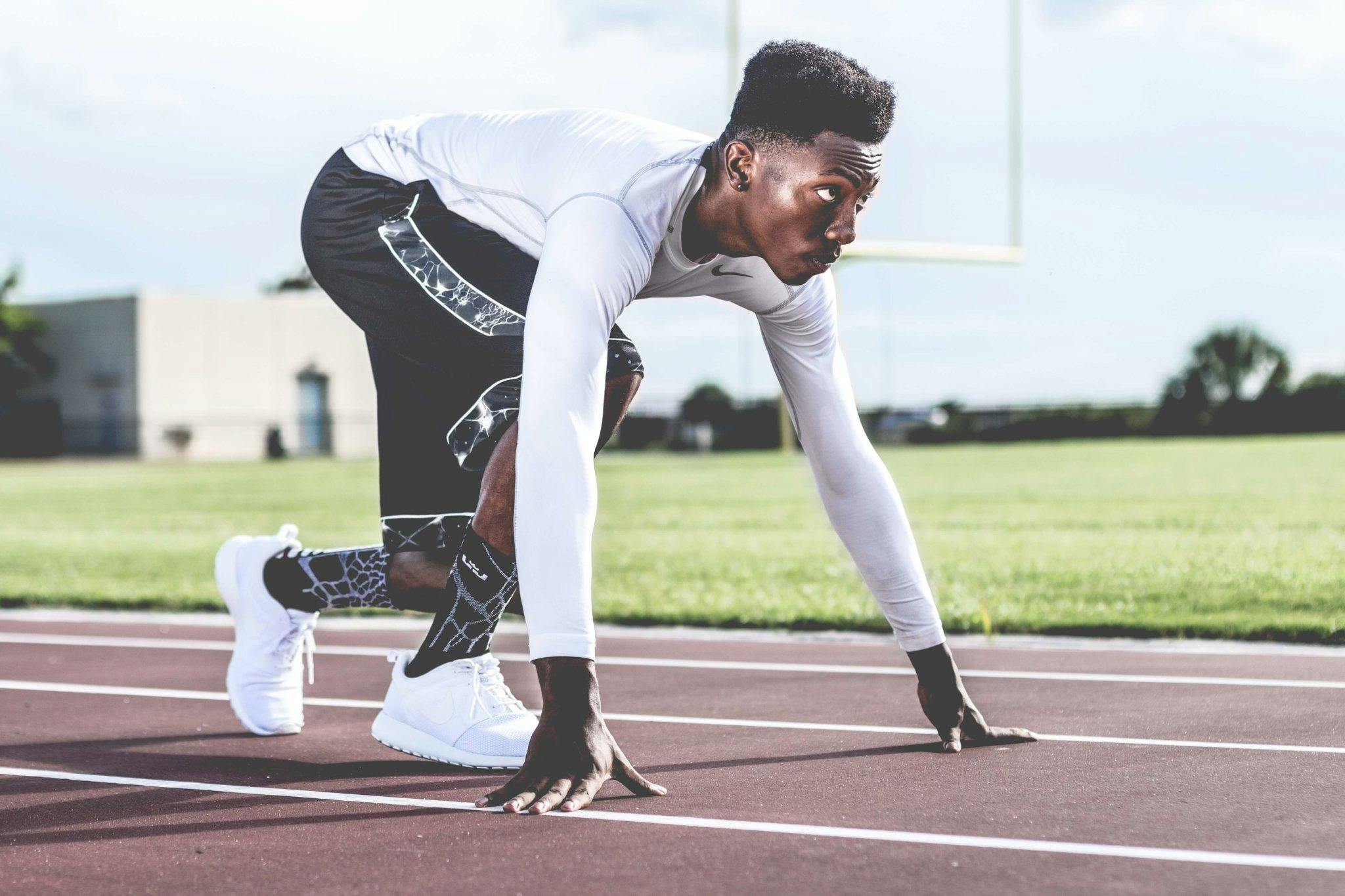Every athlete knows that maximizing their lung capacity is crucial for their physical performance. This fact becomes even more important when it comes to sports that occur at high altitudes. The reason is simple: the higher the altitude, the lower the pressure and oxygen levels in the air, which can challenge an athlete’s breathing capacity and overall performance. With this in mind, how can athletes prepare themselves for such conditions and improve their lung capacity? The answer lies in specific training protocols and understanding how the body adapts to altitude.
The Science of Breathing at Elevated Altitudes
Before jumping into the how-tos, it’s essential to understand what happens to our body and specifically, our breathing, at high altitudes.
A découvrir également : What are the ergonomic considerations for athletes using wearable fitness trackers?
At sea level, your body enjoys a rich supply of oxygen in every breath. However, as you ascend to higher altitudes, the air pressure drops, and so does the oxygen level. This decrease can pose significant challenges to our bodies, especially for athletes who need to maintain top performance levels during their activities.
When the body faces an oxygen-poor environment, it instinctively tries to compensate for the low oxygen levels. This process involves multiple changes in the body, including an increase in breathing rate and heart rate, and an escalation in the production of red blood cells – the body’s oxygen carriers.
A lire aussi : How should javelin throwers train to balance their throwing arm and non-throwing arm muscles?
The Role of High Altitude Training
High-altitude training has long been a popular method among athletes to prepare themselves for high-altitude sports. This training approach takes advantage of the body’s natural adaptive responses to high altitudes, pushing its limits to improve its efficiency in oxygen usage.
By training at high altitudes, athletes can stimulate their bodies to produce more red blood cells, increasing their oxygen-carrying capacity. This, in turn, improves the body’s endurance and performance at lower altitudes. The athlete’s body will be able to use oxygen more efficiently and sustain physical activity for a longer time, even in oxygen-poor environments.
Oxygen Max Uptake (VO2 Max) and Breathing Exercises
Outside of high altitude training, there are other ways that athletes can enhance their lung capacity. One of these methods is by improving their Oxygen Max Uptake (VO2 Max) – a measurement of the maximum amount of oxygen an individual can utilize during intense exercise.
Certain breathing exercises, like deep breathing and breath-holding, can help increase VO2 Max. These exercises train the lung muscles to expand more fully and hold more air, thereby increasing the lungs’ total capacity. Over time, this will allow the athlete’s body to take in and use more oxygen, providing a competitive advantage in high-altitude sports.
Additionally, the use of specific training equipment, such as oxygen deprivation masks, can also help. These masks mimic high-altitude conditions by limiting the amount of oxygen the athlete can breathe in. This forces the body to adapt and work more efficiently under oxygen-deficient conditions, similar to the high-altitude environment.
Acclimatization Time
Lastly, spending ample time at high altitudes before the actual event can significantly enhance an athlete’s performance. This process is known as acclimatization.
Scholars suggest that athletes spend at least two weeks at the competition’s altitude level to fully acclimate their bodies. During this time, the body will make physiological changes to deal with the lower oxygen levels. Some changes can occur as quickly as a few hours, like an increase in breathing and heart rate, but others, such as an increase in red blood cell production, may take days or even weeks to complete.
Athletes should, however, be cautious not to overexert themselves during the acclimatization period. Overdoing it can lead to Acute Mountain Sickness (AMS), a condition characterized by symptoms like headaches, nausea, and shortness of breath, which can severely hamper performance.
In sum, the human body is a marvel of adaptability, and with the right strategies, athletes can fine-tune their bodies to function effectively at higher altitudes. High altitude training, improving VO2 Max through breathing exercises, using specific training equipment, and allowing sufficient acclimatization time, are all effective methods that athletes can use to enhance their lung capacity and overall performance for high-altitude sports.
Lactic Acid, Hypobaric Hypoxia, and Altitude Illness
Understanding the concepts of lactic acid and hypobaric hypoxia is vital to comprehending the challenges and benefits of high-altitude sports. Lactic acid is a byproduct of anaerobic metabolism, which occurs when the body doesn’t have enough oxygen to fuel the muscles during intense exercise. Hypobaric hypoxia, on the other hand, is a condition resulting from exposure to low atmospheric pressure, as is the case in higher altitudes.
At sea level, the body can effectively remove lactic acid, preventing muscle fatigue and maintaining exercise performance. However, at high altitudes, the decreased oxygen availability can lead to an increase in lactic acid levels, which may initially hinder an athlete’s performance. Over time, through altitude training, the body learns to function efficiently with this higher lactic acid concentration, which could improve performance at moderate altitudes.
Hypobaric hypoxia, on the other hand, induces the body to produce more red blood cells, thereby increasing the amount of oxygen delivered to the muscles. This, as mentioned earlier, can enhance endurance and performance once the athlete returns to sea level.
However, it’s crucial to remember that sudden exposure to high altitudes can lead to altitude illness, including acute mountain sickness (AMS). AMS is characterized by symptoms like headaches, fatigue, dizziness, and shortness of breath. To minimize the risk of AMS, it’s crucial that athletes spend enough time acclimatizing before partaking in vigorous activity at high altitudes.
“Live High, Train Low” Approach
The “Live High, Train Low” approach is another strategy athletes often use to prepare for high-altitude sports. According to several studies published on Google Scholar and PubMed, living at high altitudes and training at lower altitudes can provide significant benefits to athletes.
The rationale behind this approach is to enable the body to adapt to the lower oxygen levels at high altitudes while maintaining the ability to train at maximum intensity at lower altitudes, where more oxygen is available. This approach is considered effective because intense training at high altitudes can be difficult and potentially counterproductive due to the decreased oxygen availability.
“Live High, Train Low” has been shown to increase VO2 Max and red blood cell count, thereby enhancing an athlete’s endurance and performance. It is, however, important to note that this method requires significant time and resources as it necessitates the athlete to live at a high altitude for a prolonged period.
Conclusion
High-altitude sports present unique challenges to athletes due to the decreased oxygen levels. However, the human body’s adaptability enables athletes to overcome these challenges and even use them to their advantage. High-altitude training, improving the VO2 Max through breathing exercises, utilizing specific training equipment, and allowing enough time for acclimatization are all effective strategies to enhance lung capacity and overall performance.
The “Live High, Train Low” approach, understanding the role of lactic acid and hypobaric hypoxia, and being aware of altitude illness also form an integral part of an athlete’s preparation for high-altitude sports. With the right training and preparation, athletes can indeed conquer the mountains and achieve new heights in their athletic performance.











